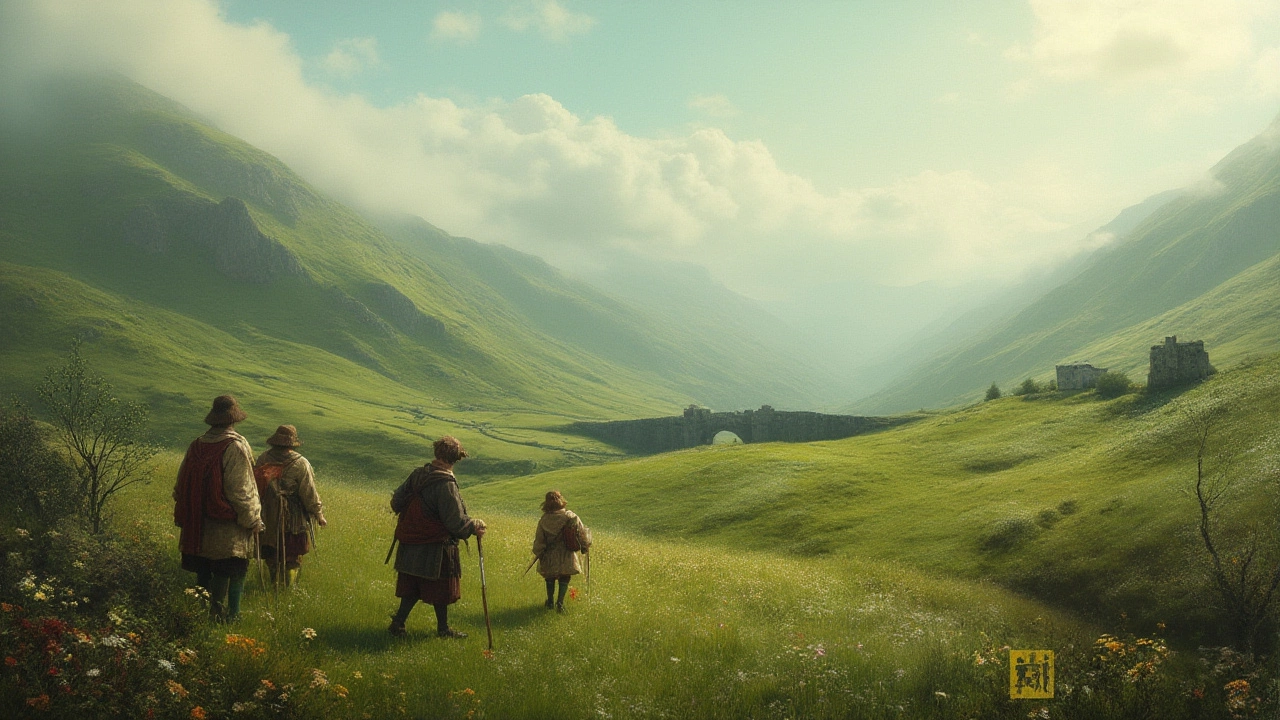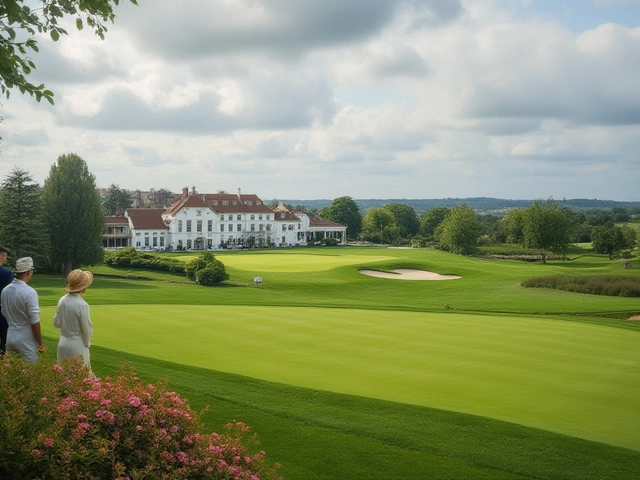History of Golf: Origins, Evolution, and Key Moments
When you think of golf, a precision sport played on grass with clubs and balls, often associated with tradition and quiet concentration. Also known as the game of golf, it’s more than just a pastime—it’s a global sport with deep roots in culture, class, and competition. The history of golf isn’t about fancy clubs or expensive memberships. It’s about peasants in Scotland kicking stones into rabbit holes, monks playing with sticks, and a game that refused to die—even when kings tried to ban it.
By the 15th century, golf was already being played on the east coast of Scotland, where the wind blew hard and the land was too rocky for farming. The first recorded mention? A 1457 act by King James II of Scotland, who banned golf because it was distracting soldiers from archery practice. That’s right—golf was seen as a threat to national defense. The game didn’t stop. It spread. By the 1700s, the 18-hole format was standardized at St Andrews, becoming the global blueprint. The golf rules, a set of regulations governing play, equipment, and conduct on the course. Also known as the Rules of Golf, it’s jointly maintained by the R&A and the USGA. were written in plain language so anyone could understand them. No jargon. No secrets. Just fairness.
The golf equipment, the tools used to play the game, including clubs, balls, and tees. Also known as golf gear, it’s changed more in the last 50 years than in the previous 400. Wooden clubs gave way to steel shafts. Featherie balls turned into rubber-core balls, then into dimpled plastic marvels. The driver you use today? It’s lighter, longer, and more forgiving than anything a 19th-century golfer could’ve dreamed of. But the goal hasn’t changed: get the ball in the hole in as few strokes as possible.
From the Royal and Ancient Golf Club of St Andrews to the rise of Tiger Woods and the global explosion of the game in Asia and Latin America, the history of golf isn’t just about winners and trophies. It’s about access. It’s about who got to play, who got left out, and who fought to make it open to everyone. Women’s golf started in the 1800s. Black golfers broke barriers in the 1940s. Today, the game is played by millions who don’t wear white pants or own a membership card.
What you’ll find in the posts below aren’t just stories about tournaments or famous players. They’re real, grounded takes on how the game evolved, how people learned it, how it’s played now, and why it still holds meaning—even if you’ve never set foot on a fairway. Whether you care about the first tee shot in 1457 or the latest driver tech, this collection has the facts you actually need.
Why is Golf Called Golf? The Surprising History Behind the Name
Ever wondered why golf is called golf? Discover the true story, quirky myths, and Scottish roots behind the name in this deep dive into the language of the links.





